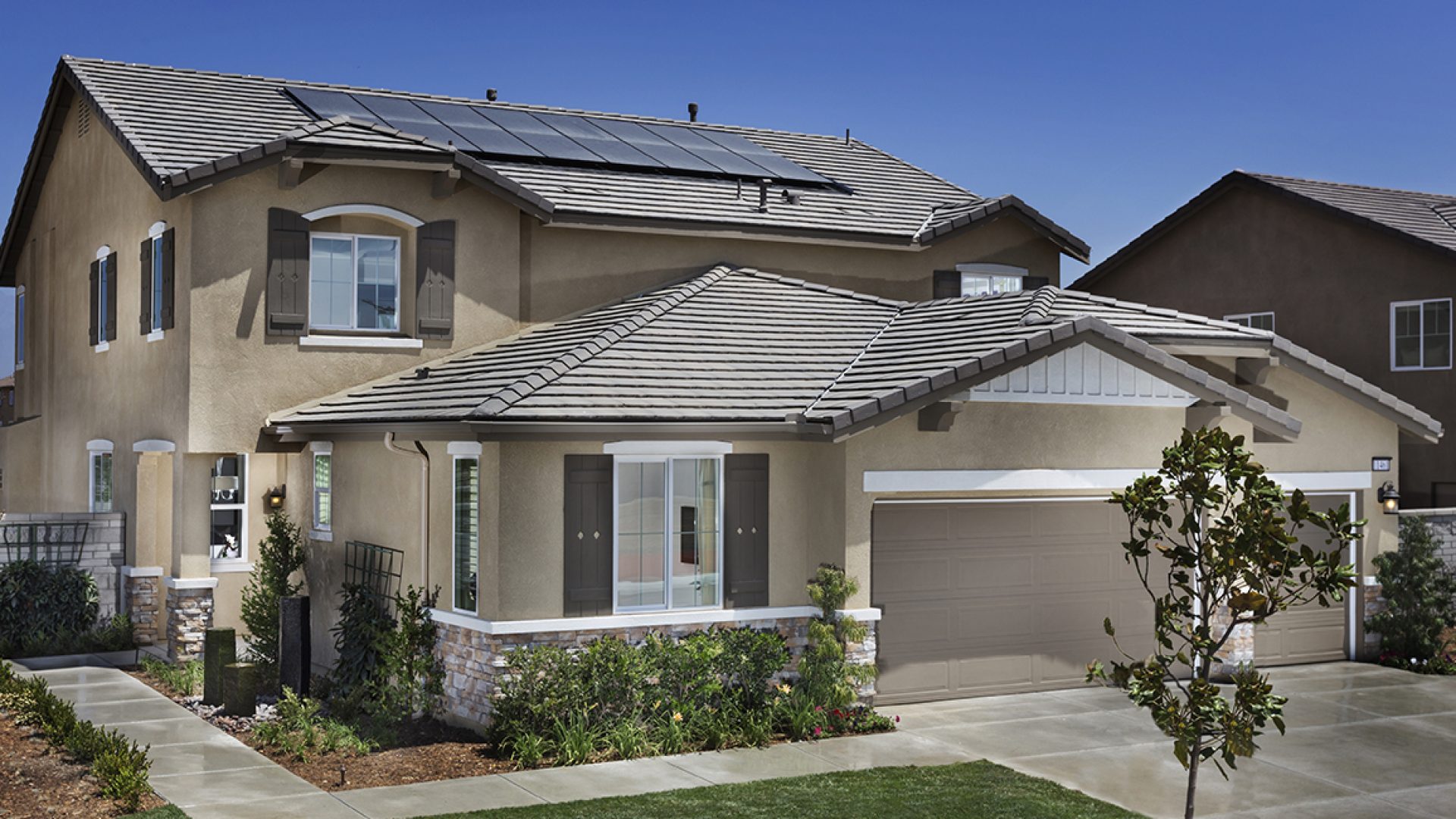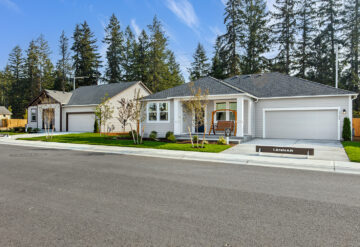Where in the U.S. is the use of rooftop solar systems on the rise? And how fast is solar growing? To answer those questions, BuildZoom looked beyond traditional solar data sources, such as state agencies and utility companies, to analyze its own data of approximately 75 million building permits throughout the country, providing a more anticipatory indicator of solar installation trends.
For decades, the notion of capturing solar rays to produce clean energy on a grand scale has been an elusive dream; today, there are signs that this may finally be changing. One indication of this is that firms promoting rooftop solar systems are becoming familiar brands, whose ads, slogans and sales booths are an increasingly common sight. What’s more, some of the larger firms in the space are now publicly traded companies with valuations in the multi-billion dollar range. Ten years ago, most of them did not even exist.
Over the last decade (2005 to 2014), the estimated rate at which new solar power systems were added grew more than twenty-fold. In 2005, only about 10,000 new solar systems were introduced nationwide; by comparison, in 2014, some 230,000 were added.
Solar power production already takes place everywhere in the U.S., but its market penetration is higher in some places than in others. The highest ranked metro area is San Diego, which has almost 6.5 times more solar systems per capita than the nation as a whole. However, all of the first 14 metro areas on the list have more solar systems per capita than the US as a whole, including sunny places like Phoenix and Las Vegas, as well as some less obvious places like Baltimore and Boston. Not coincidentally, 6 of the 14 are in California, 5 of which are in the top 10.
Solar is picking up throughout the country, but it is growing the fastest in the Northeast. The number of new systems introduced in the Northeast increased by a staggering 227% between 2013 and 2014. Even after the growth spurt, though, it still clocks less than 1 system per 1,000 residents, suggesting there is plenty of room in the Northeast for solar to continue to grow. The number of new systems in the South and the Midwest has grown as well, but at a lower pace than in the Northeast.




